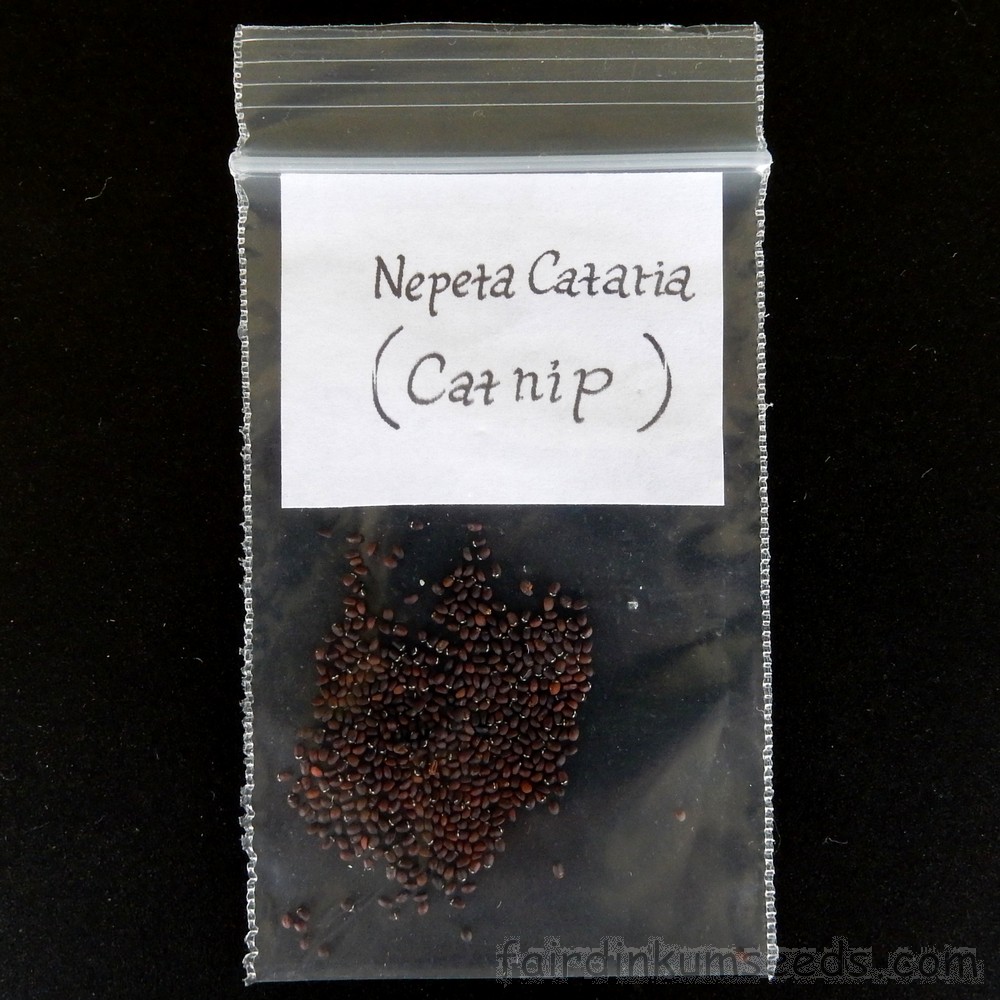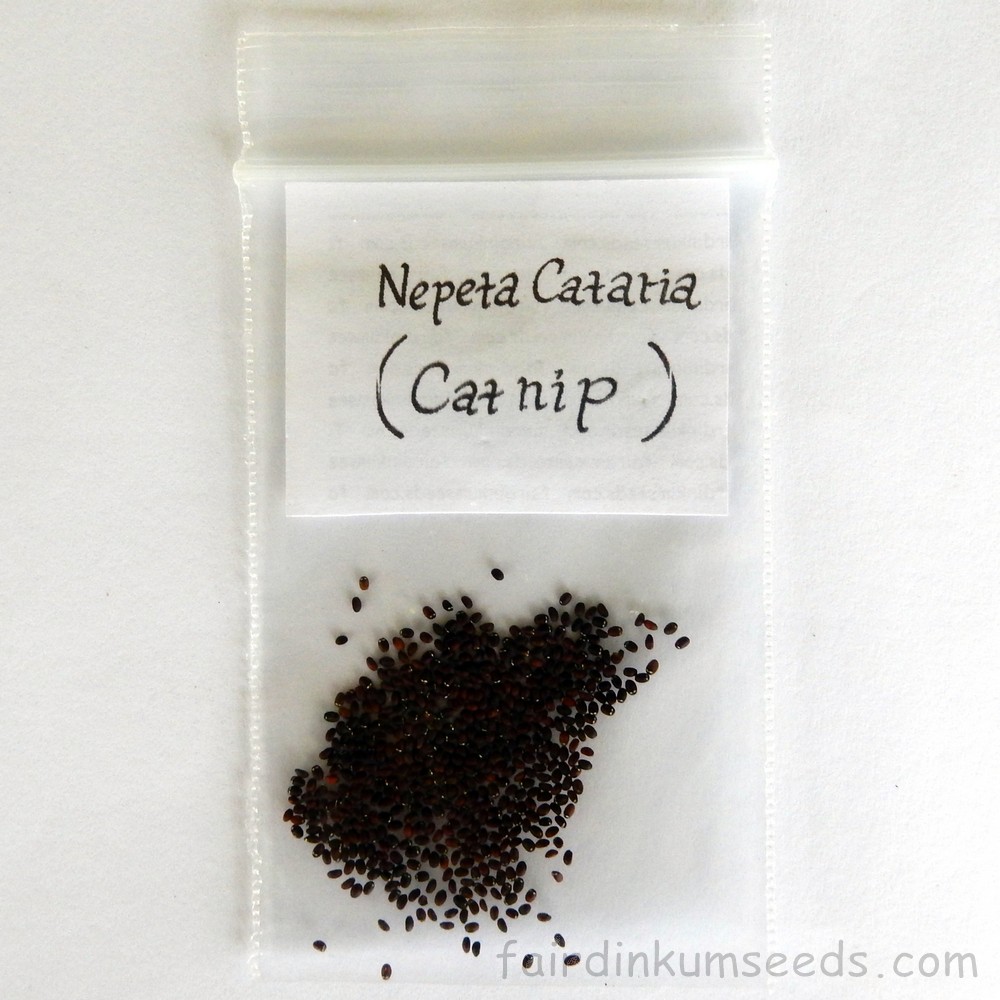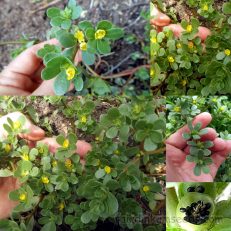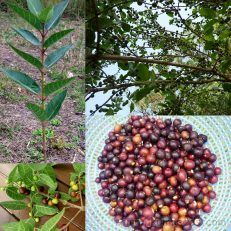Please read text!
Catnip Mint Nepeta Cataria Seeds
Packet of 150+ home grown seeds!
Sometimes called catmint or catwort, this delicious variety of mint is a great tea herb for us humans, it attracts large amounts of predatory insects, which is great for the garden and has mild arousal effect on some cats.
It has a long history of use as a relaxing herbal tea and is a major ingredient of many herbal smoking blends due to it’s very mild sedative effects. Dried Catmint Herb is sometimes here.
The tea itself is delicious, sort of fruitier than mint, and kind of sweeter at the same time.
Hard to explain, but really good, and one of my favourite teas of all.
It contains the naturally occurring chemical “iridodial”, which is both and repellant and attractant. It attracts the little lacewings which eat aphids and due to the iridodial, it repels aphids, stink bugs and sapsuckers.
That means that as the plant grows it has a constant stream of good guys coming and going from the plant, patrolling the garden for pests.
Also a natural mosquito repellent “Nepetalactone”, proven to work more than 10times better than DEET, the toxic chemical component of most commercial mozzie sprays.
Since it’s called catnip, we better get on to the cats, and wikipedia sums it up pretty well>>>
Catnip contains the feline attractant nepetalactone.
Nepeta cataria (and some other species within the genus Nepeta) are known for their behavioral effects on the cat family, not only on domestic cats but also other species of cats. One test showed that tigers, leopards, and lynxes all reacted strongly to catnip in a manner similar to domestic cats, while lions reacted less frequently.
With domestic cats, Nepeta cataria is used as a recreational substance for pet cats’ enjoyment, and catnip and catnip-laced products designed for use with domesticated cats are available to consumers. The common behaviors when cats sense the bruised leaves or stems of catnip are rubbing on the plant, rolling on the ground, pawing at it, licking it, and chewing it.
Consuming much of the plant is followed by drooling, sleepiness, anxiety, leaping about and purring. Some growl, meow, scratch, or bite at the hand holding it.
The main response period after exposure is generally between five and fifteen minutes, after which olfactory fatigue usually sets in.
There you go folks, pretty cool hey!
Grown by us organically, no chems, no nasties, no dramas!





